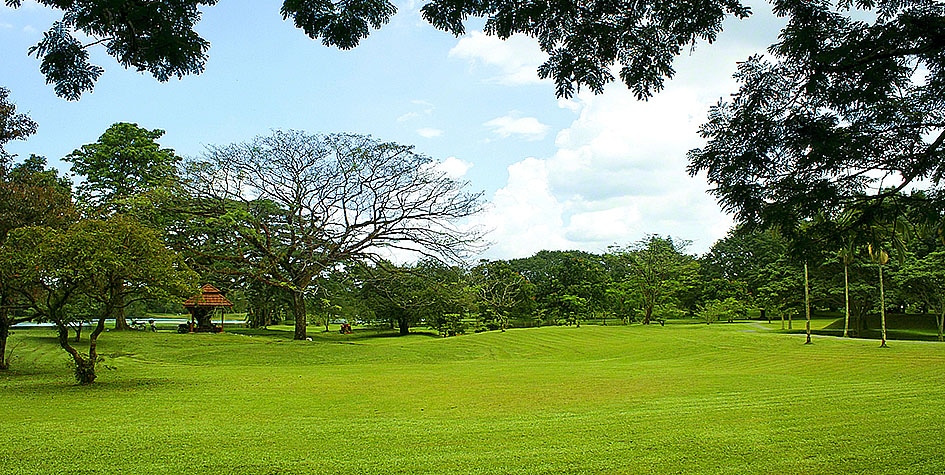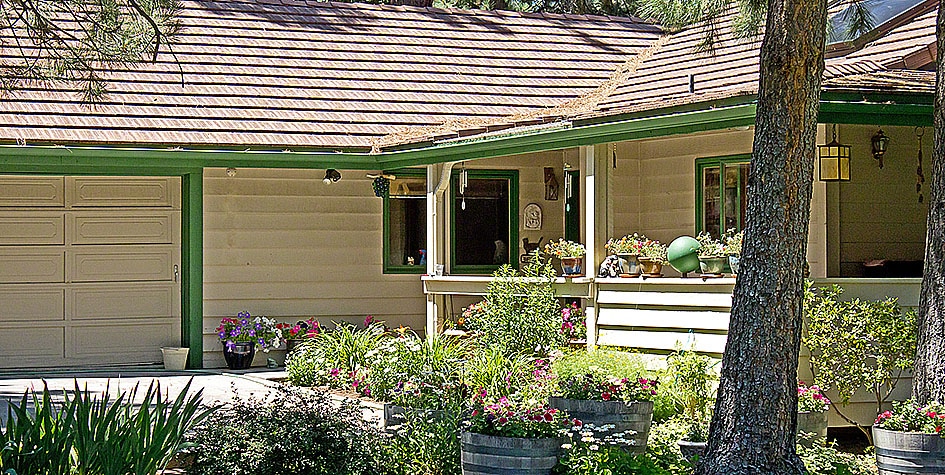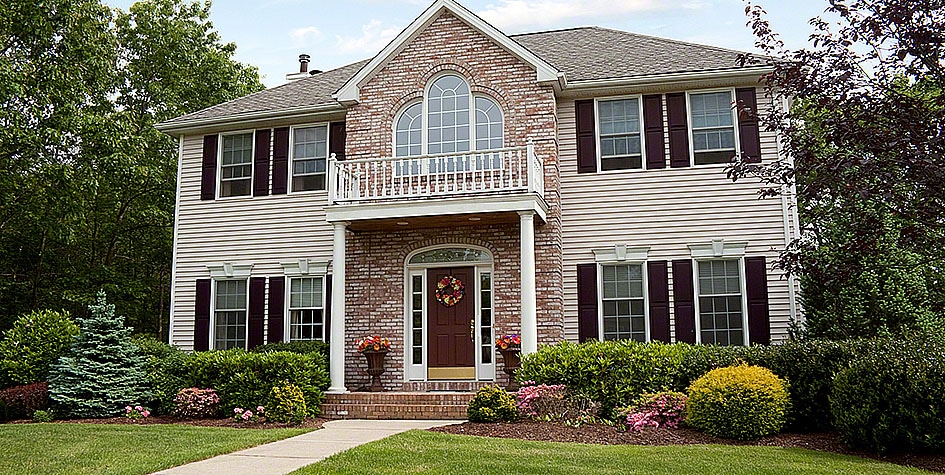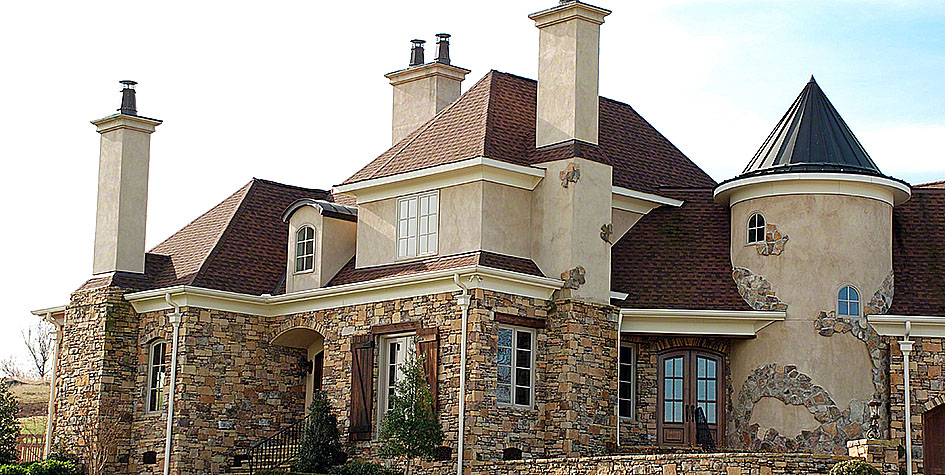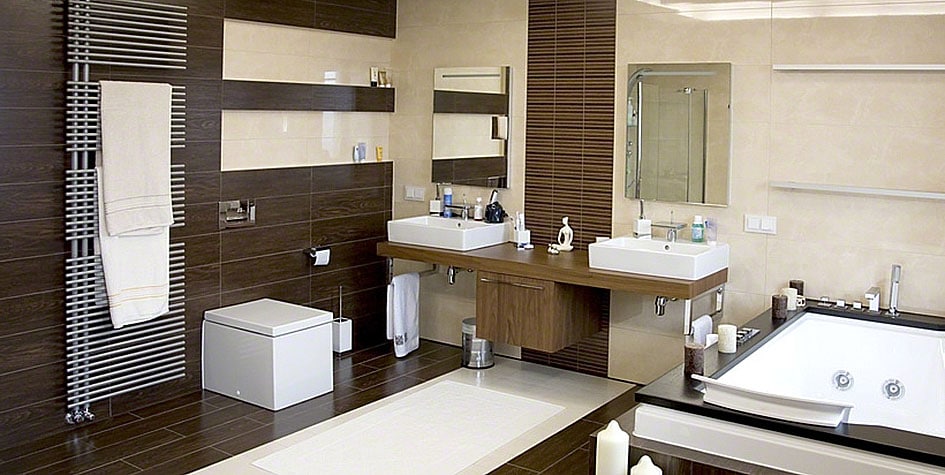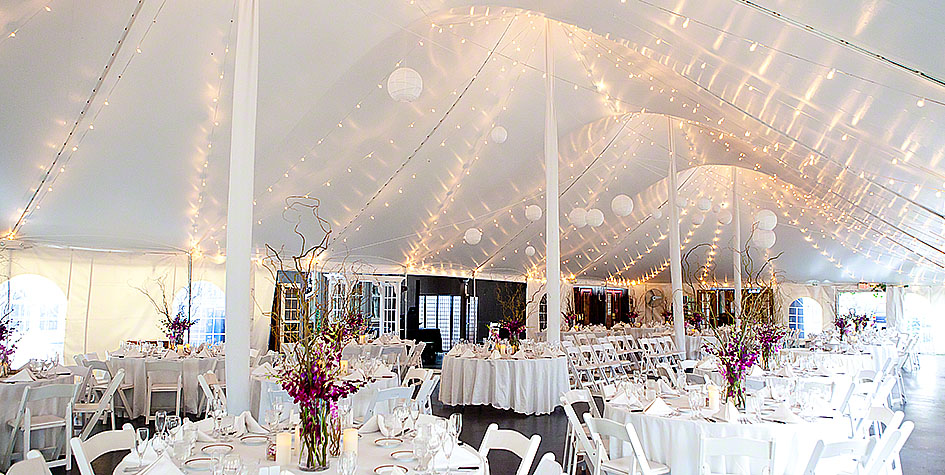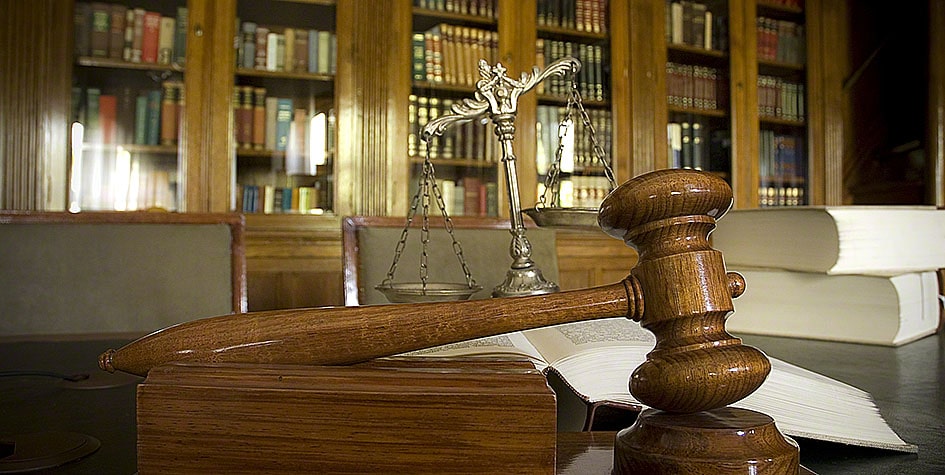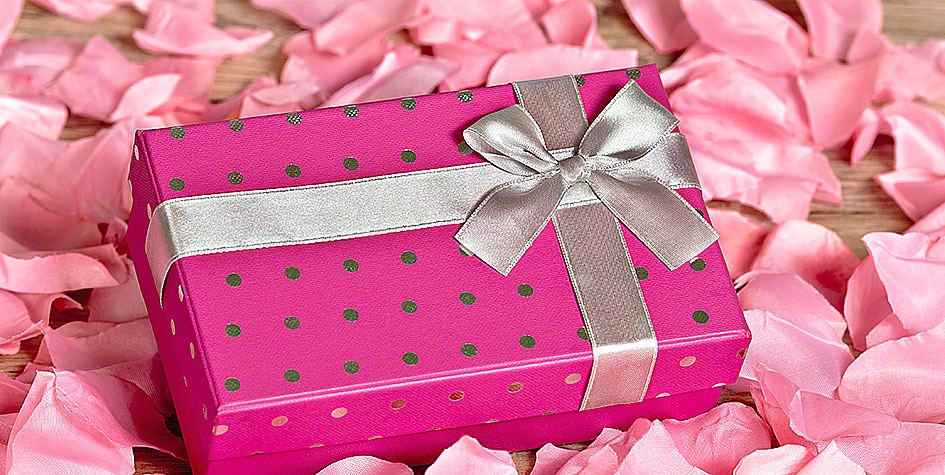Any problem with the washer can delay other work and chores so you may require a quick fix for your washing machine problems. If your machine is not turning on, there can be different causes of it and you will need to spend some time determining the cause of the problem. Some problems are easily fixable (incorrect settings) while some other problems (failed motor) require an appliance repair technician to fix them. Try are the common causes of a washing machine not turning on.
Loose Or Damaged Power Cord
Your washer may not be receiving power at all because of the power not plugged in, a loose power cord, or a damaged cord. So, check the power that goes from the washer to the outlet. Check if it’s plugged in. Then, remove the power cord and plug it in again. Washers vibrate and move a bit during their operation, so power cords coming loose is common. Therefore, you must re-plug it into the outlet.
If the machine won’t start then inspect the power cord for damages. Look for warps, curves, bends, worn insulation, and burned insulation. If you see any damages, replace the wire yourself or consult an expert.
Damaged Power Outlet
The power outlet you’re using for plugging in the cord of the washer may be the culprit. You can check the outlet, by removing the washer’s wire from it and plugging in anything else like a phone charger.
Moreover, another method of checking the outlet is plugging your washing machine into another nearby power outlet.
Tripped Circuit Breaker
A household has a breaker panel that has many circuit breakers that allow power to different parts of the house. If your washing machine is not turning on, the circuit breaker that gives electricity to the part of the house where you have a washer may have tripped.
A circuit breaker trips due to too many electric items running on the breaker, a power surge, a faulty appliance, or a faulty circuit breaker.
Check The Breaker
You should begin the process by checking the breaker that may be in your garage, basement, or any other area of your house. Check if the breaker is flipped. If you don’t know which breaker is allowing power to the area of the house where your washer is, flip down breakers one by one to check. However, you may not need to do it if all the breakers are in the ON position.
If the breaker is flipped, you should turn it on again and check the washer. If the washer doesn’t turn on, proceed below.
Turn Off All The Electric Appliances And Gadgets Taking Power From The Same Breaker
As mentioned before many circuit breakers are used in a home for distributing power in different parts of a house, you should turn off the appliance in the part of the house where the specific breaker is flipping or the washer is taking power from that.
After turning off everything, the circuit breaker will have zero load on it. Turn on the washing machine, if it works, there was too much load on the circuit breaker causing it to trip. An electrician can fix this problem by shifting the load to other circuit breakers. On the other hand, if the washer doesn’t turn on, proceed to the below step.
Move Your Washer To The Part Of The House Where Another Circuit Breaker Provides Power
To check where the circuit breaker in question is faulty, move your washer to another part of the house. If the washer turns on and works fine, the circuit breaker that the washer was using before is faulty. Call in an electrician to replace the circuit breaker and also check if there is too much load on the breaker and other issues.
The Circuit Breaker Keeps Tripping
If your turn on the breaker and the washing machine doesn’t turn on and flips the breakers or turns off for a few seconds, switches off, and trips the breaker, the issue is likely a faulty component of the washer. You should let an appliance repair expert check it. Moreover, if you have any other appliance like the refrigerator tripping the breaker, you should consult a refrigerator repair Alexandria service.
Check The Knobs
The knobs of machine machines can collect debris and stop functioning. They may not rotate properly or if they rotate, they won’t actually turn the shaft on top of which they are placed.
The knobs of a washer as easy to clean. Pull out the knobs and turn them over. You may see debris and gunk. Remove it and then clean it with water. After drying, put the knobs in their places and turn them to check if this fixes the issue. Moreover, when cleaning the knobs, you should also clean the shaft they are placed on.
If cleaning the knobs and switch shafts doesn’t fix the problem, check the knobs for cracks and damage. If they are cracked, replace the knobs. However, if they are fine, then the shaft may be faulty. Have an expert check the shafts.
Faulty Start Switch Or Timer
A start switch is the one that you press for turning on the machine while the timer is the switch that dictates how long a washing cycle will last. You can replace a start switch if you have an older top-loading machine. However, newer washing machines use touch control panels that are difficult to open and repair. You will need to consult a technician.
The Door Switch is Not Locking
Washers don’t turn on or work if the lid is not completely shut. You should open and close the door again to see if it closes all the way. Then, try to turn it on.
If the door is closing completely and the machine is still not working, the lid switch may be faulty. You can use a multimeter to check the lid switch. If the reading is negative, replace the lid switch.
For locating the lid switch, refer to the user manual of your washer.
Faulty Control Board
The control board control all the functions of your washer. Any problem with the control board will lead to your washer not turning on. For checking the control board, turn off the machine and remove the screws of the board.
If there are burned or damaged wires, or burned components, the board may need to be replaced. This can be a bit complicated so the inspection and replacement of a control board is best suited for a washing machine repairer.
Broken Washer Motor
The motor of a washer is an essential component that revolves and spins the components for washing clothes. If the motor is defective, the washer will not turn on.
A motor of a washer is usually one of the most expensive components so if your machine is too old, you should consider having a new machine instead of replacing the motor. However, if the washer is under warranty, go ahead with a motor replacement.
Conclusion
A washer not starting is a sign that a component is damaged or overheating. You should check the power sources and then the components of the machine. Hire a washer repair Northern VA expert for a proper inspection.
Topics #washer not turning on #washer problems #washer repair #washer won't turn on #washing machine not starting

